

Introduction
In today's competitive eCommerce landscape, having access to up-to-date product price and description data is crucial for businesses aiming to stay ahead. When scrape product price & description data from eCommerce websites, companies can monitor market trends, optimize pricing strategies, and enhance product offerings. This blog will guide you through the process of extracting product price & description data efficiently, using the right tools and methodologies.
Understanding Web Scraping
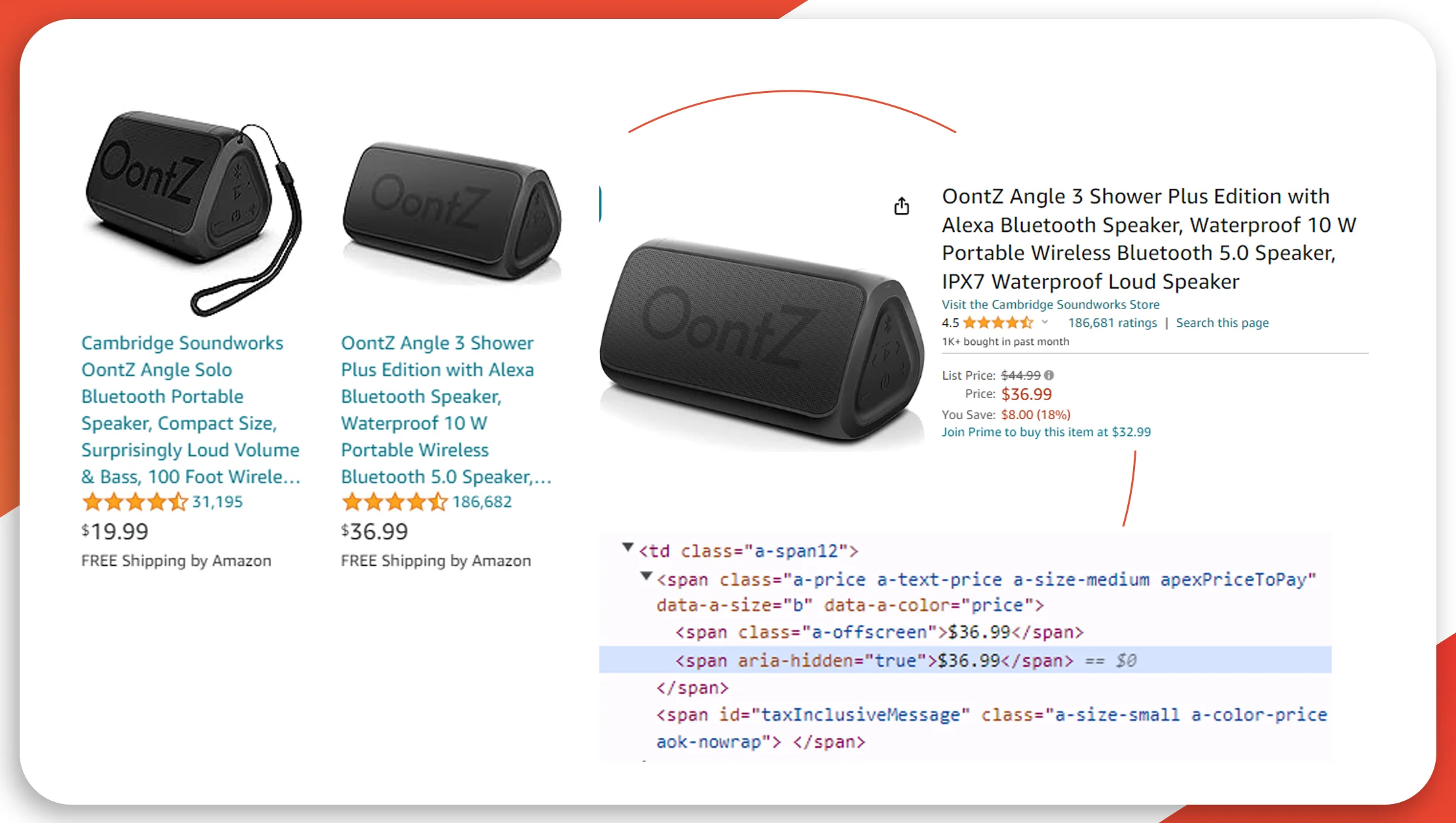
Web scraping is a technique used to extract data from websites, converting unstructured web content into a structured format, such as CSV or JSON. This process involves using automated scripts or tools to access web pages, identify the desired data, and retrieve it for analysis. Web scraping is particularly useful for collecting large volumes of data quickly and efficiently. It is widely employed in various industries to gather competitive intelligence, monitor market trends, and support data-driven decision-making. However, it's crucial to perform web scraping ethically and legally, respecting website terms of service and data privacy regulations.
Why Scrape Product Price and Description Data?
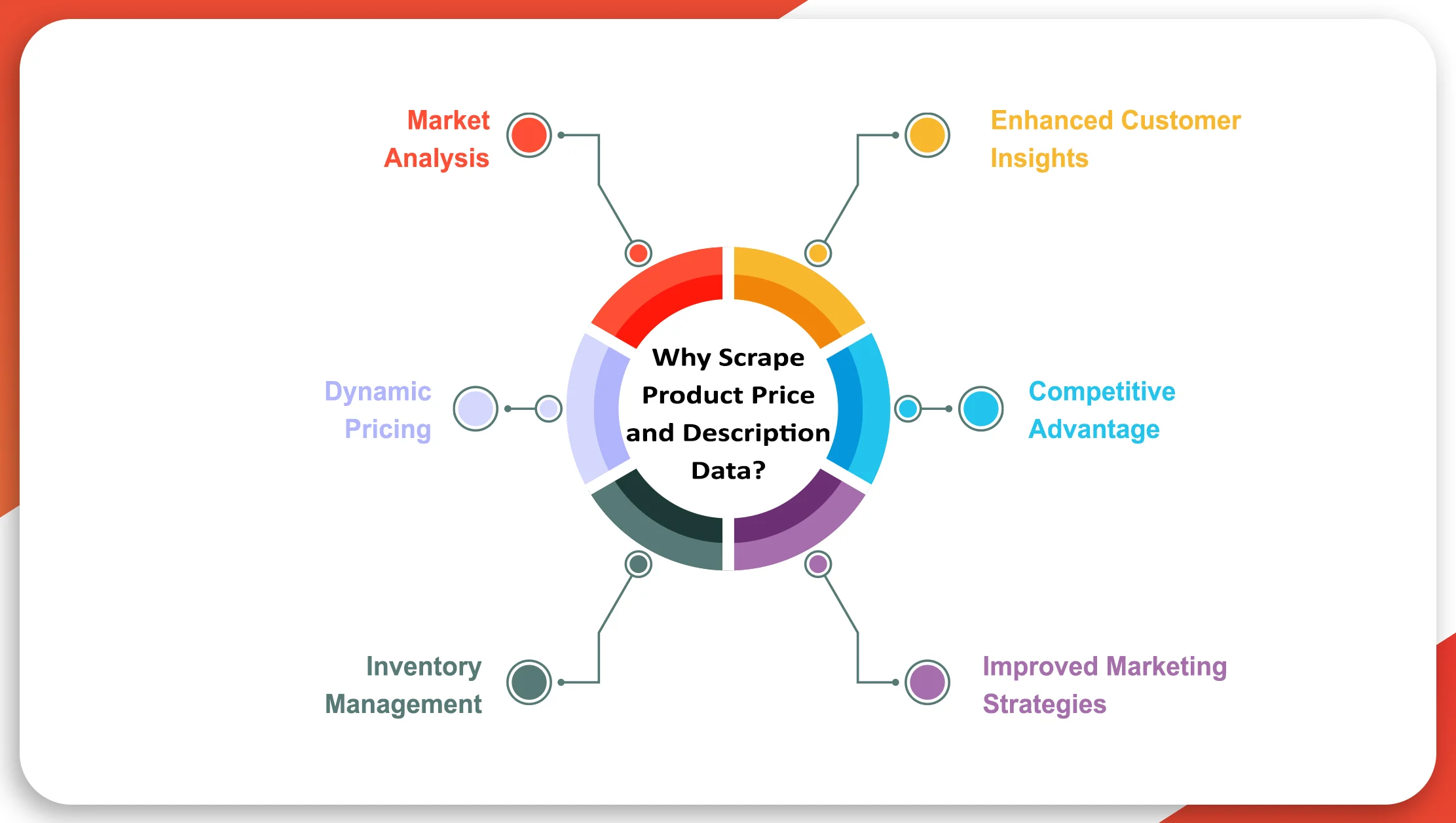
In the competitive world of eCommerce, having accurate and up-to-date information is crucial for maintaining an edge over competitors. Scraping product price & description data offers several benefits that can significantly enhance your business strategies and operations.
1. Market Analysis
By extracting product price & description data, businesses can conduct comprehensive market analysis. Understanding competitor pricing, product features, and promotional strategies provides invaluable insights that can inform your pricing and marketing decisions. This detailed market analysis helps identify market trends and gaps, allowing you to adjust your offerings to meet customer demand effectively.
2. Dynamic Pricing
Extracting product price and description data enables dynamic pricing strategies. With real-time access to competitor prices, you can adjust your prices to remain competitive and maximize profits. Dynamic pricing ensures that your products are neither overpriced nor underpriced, enhancing your market position and customer satisfaction.
3. Inventory Management
Scraping product price & description data aids in efficient inventory management. Accurate product descriptions help in understanding product variations, ensuring that your inventory is well-organized and meets customer expectations. This data collection facilitates better forecasting and inventory planning, reducing the risk of stockouts or overstocking.
4. Enhanced Customer Insights
Detailed product descriptions provide deeper insights into customer preferences and behaviors. By analyzing the descriptions of best-selling products, you can identify the features and specifications that resonate most with your target audience. This understanding helps in crafting more appealing product listings and improving customer satisfaction.
5. Competitive Advantage
Product price and description data collection is essential for gaining a competitive advantage. Keeping track of competitors' product offerings and pricing strategies enables you to make informed decisions that strengthen your market position. Regularly updated data ensures that you can respond swiftly to market changes and stay ahead of the competition.
6. Improved Marketing Strategies
With accurate data on product prices and descriptions, your marketing strategies can be more targeted and effective. Tailoring your promotions based on competitor pricing and product features ensures that your marketing efforts are aligned with market conditions, driving higher conversion rates and sales.
Product price & description data collection is a powerful tool for businesses looking to optimize their operations and enhance their market position. By extracting and analyzing this data, you can make informed decisions that drive growth and profitability.
Tools and Technologies for Scraping Product Price and Description Data
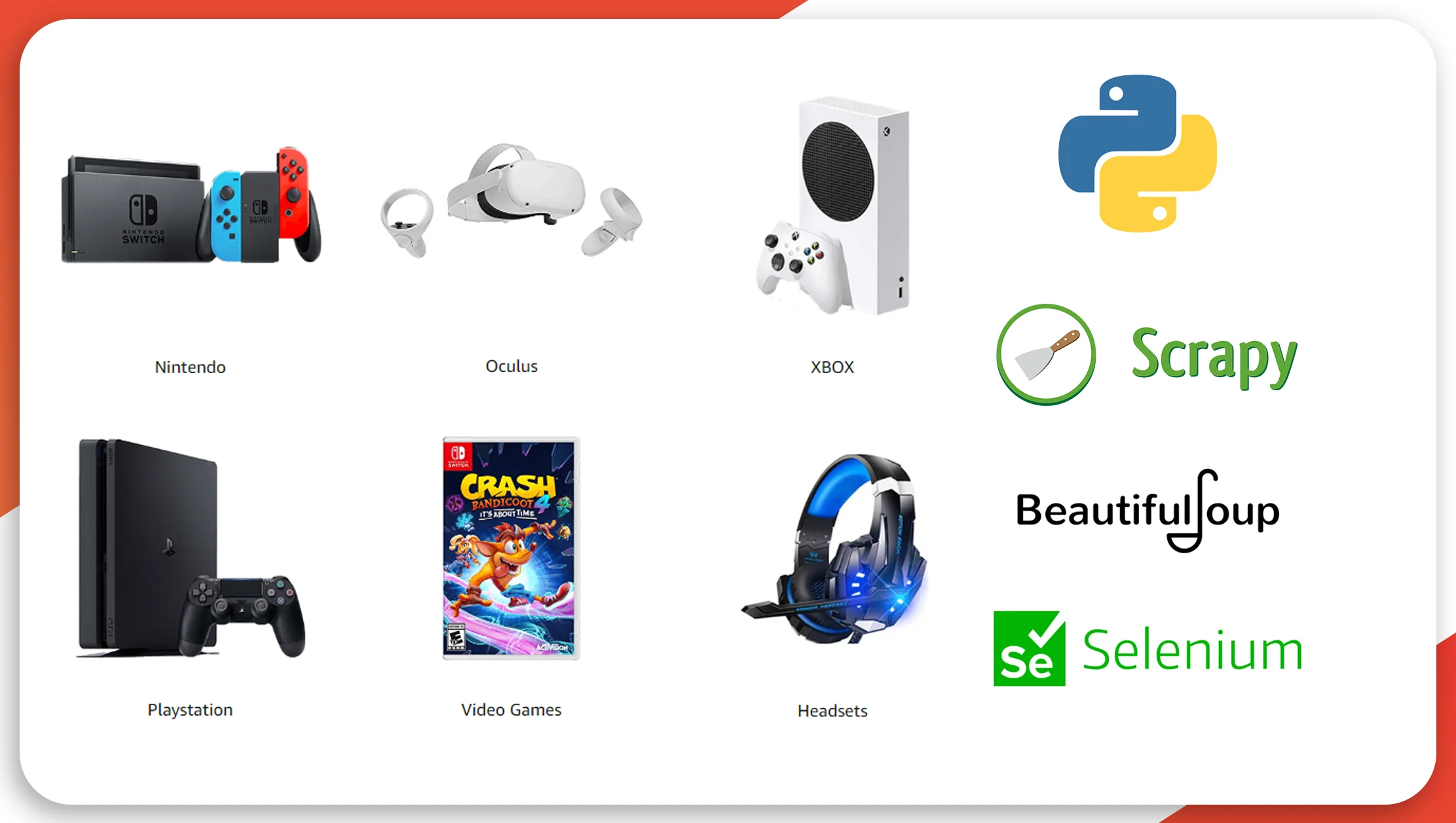
Several tools and technologies can help you scrape product price and description data effectively:
Python and BeautifulSoup: Python is a versatile language with powerful libraries like BeautifulSoup for parsing HTML and extracting data.
Scrapy: An open-source and collaborative web crawling framework for Python that is particularly effective for large-scale scraping.
Selenium: A browser automation tool that can handle dynamic content and JavaScript-heavy websites.
Step-by-Step Guide to Scraping Product Price and Description Data
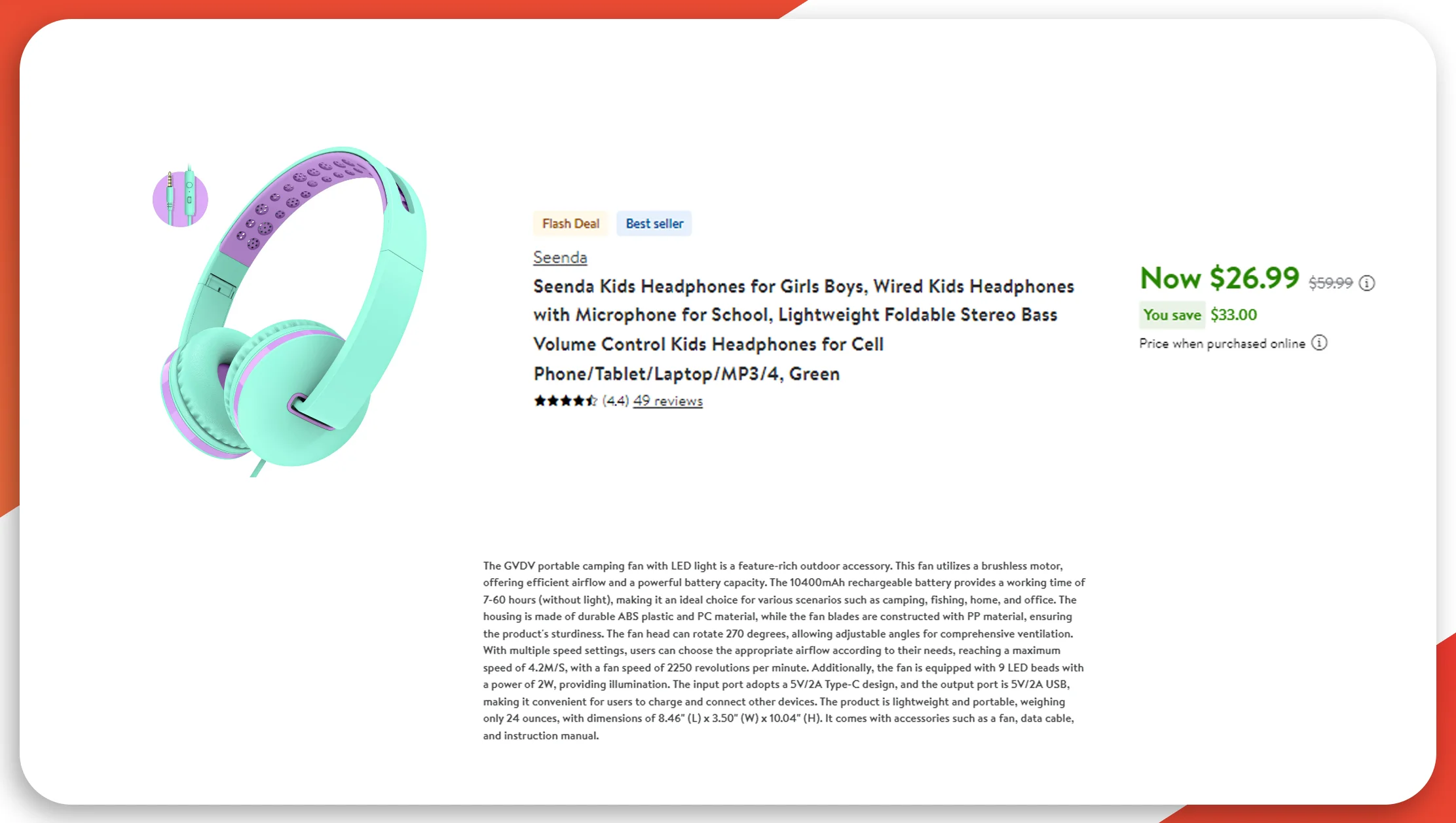
Step 1: Identify Target Websites
Start by identifying the eCommerce websites from which you want to scrape data. Popular platforms like Amazon, eBay, and Walmart are common targets, but niche-specific sites can also provide valuable insights.
Step 2: Inspect the Web Page
Use browser developer tools to inspect the web page structure. Identify the HTML elements that contain the product price and description data. Look for unique tags, classes, or IDs that can help you locate the data.
Step 3: Set Up Your Environment
Install the necessary libraries. For Python, you'll need BeautifulSoup and requests:

If you plan to use Scrapy, install it using:
pip install scrapyStep 4: Write the Scraper
Here’s a basic example using Python and BeautifulSoup to scrape product price and description data:
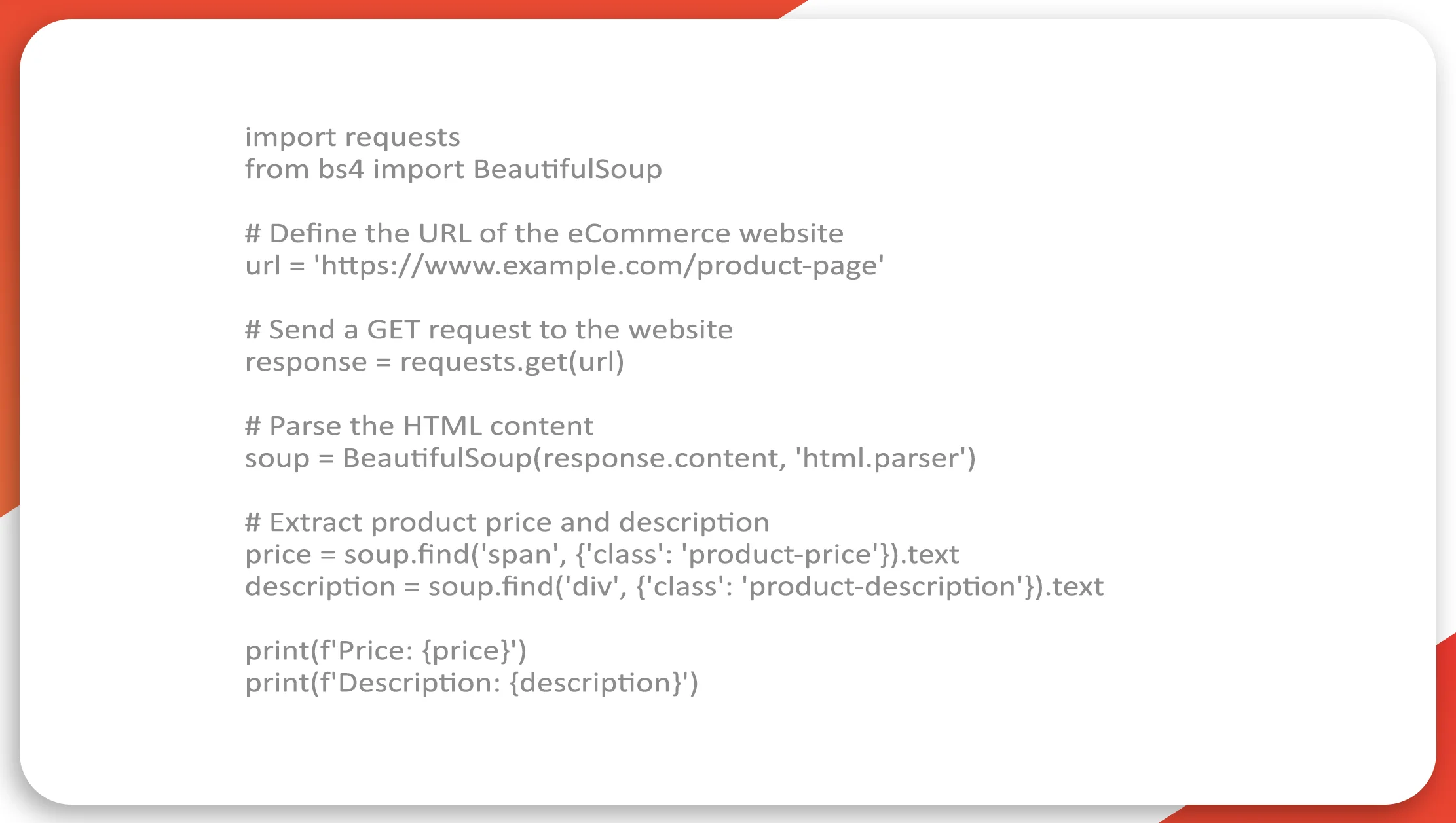
Step 5: Handle Pagination and Dynamic Content
Many eCommerce websites use pagination to display products. You'll need to handle multiple pages by iterating through pagination links. For dynamic content loaded with JavaScript, use Selenium:
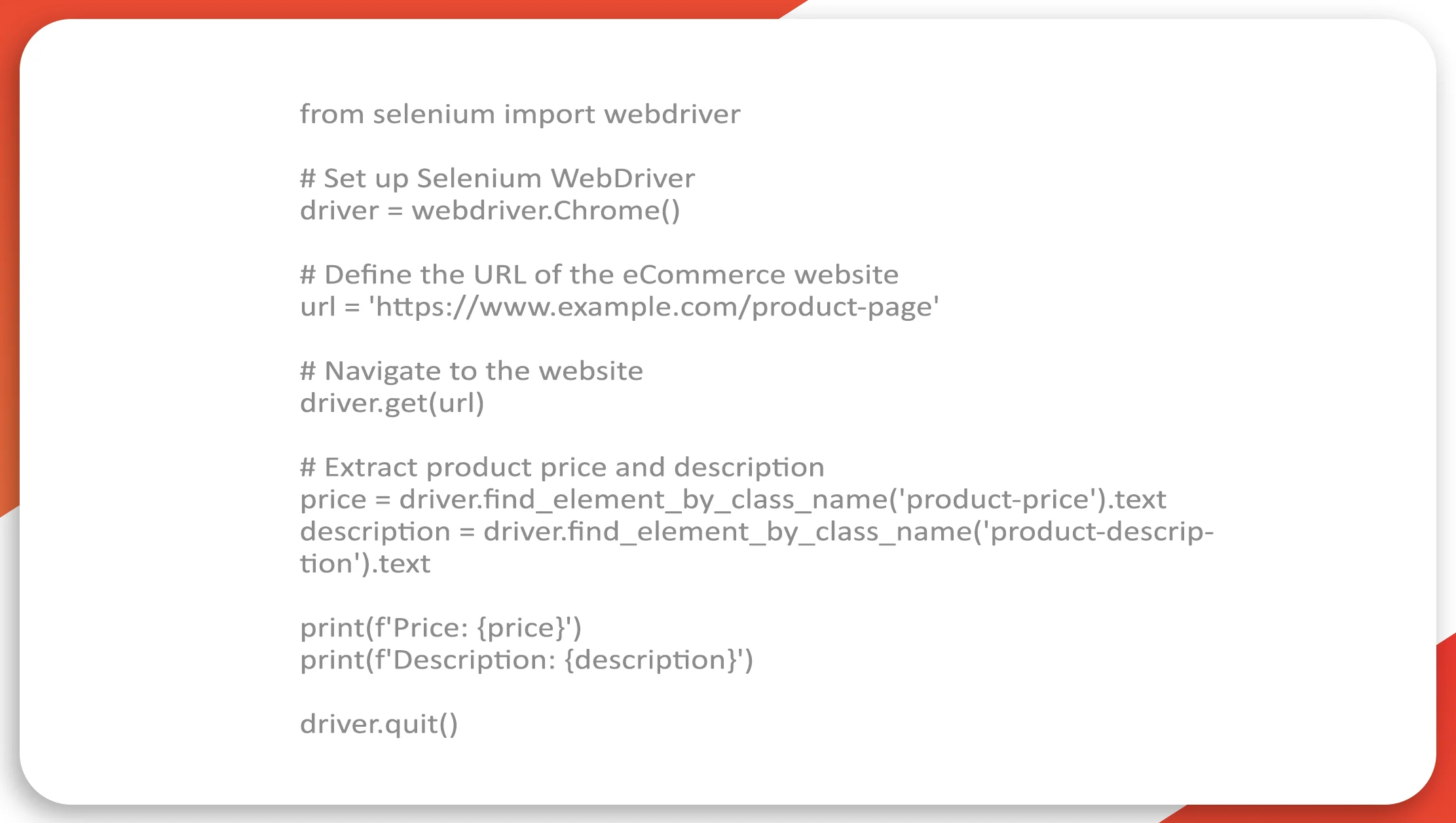
Step 6: Store the Extracted Data
Store the scraped product price and description data in a structured format. You can use CSV, JSON, or databases like MySQL or MongoDB. Here's an example of saving data to a CSV file:
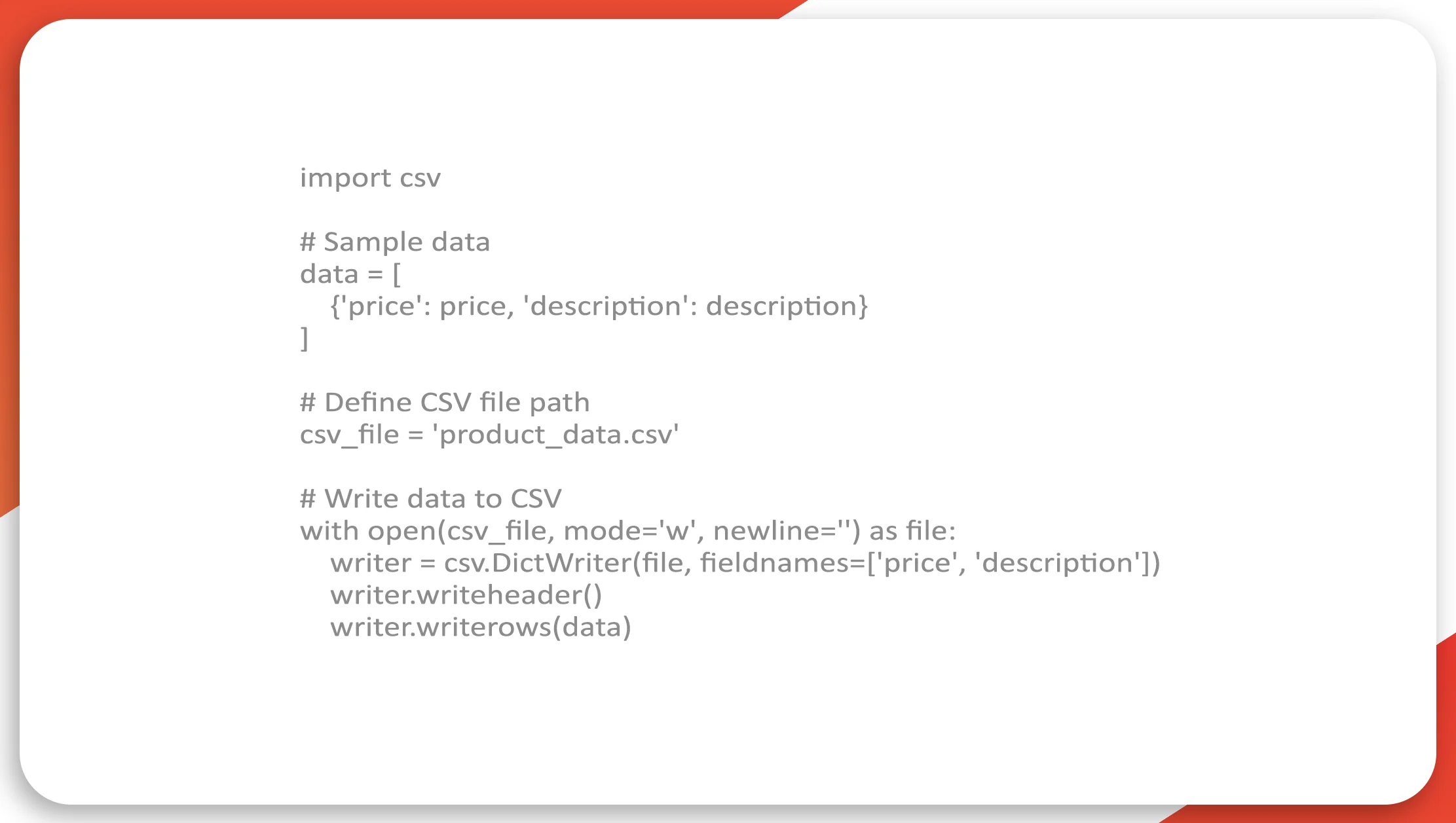
Step 7: Automate the Process
To keep your data up-to-date, automate the scraping process using cron jobs (Linux) or Task Scheduler (Windows). Schedule the script to run at regular intervals, such as daily or weekly.
Step 8: Handle Anti-Scraping Mechanisms
Websites often implement anti-scraping mechanisms like CAPTCHA, IP blocking, and rate limiting. To bypass these:
Rotate IPs: Use proxy servers to rotate IP addresses.
Set Delays: Introduce random delays between requests to mimic human behavior.
User Agents: Rotate user-agent strings to avoid detection.
Step 9: Monitor and Maintain the Scraper
Websites frequently update their layouts, which can break your scraper. Regularly monitor and maintain your scraper to ensure it continues to function correctly. Implement logging and error handling to detect and fix issues promptly.
Advanced Techniques for Scraping Product Price and Description Data
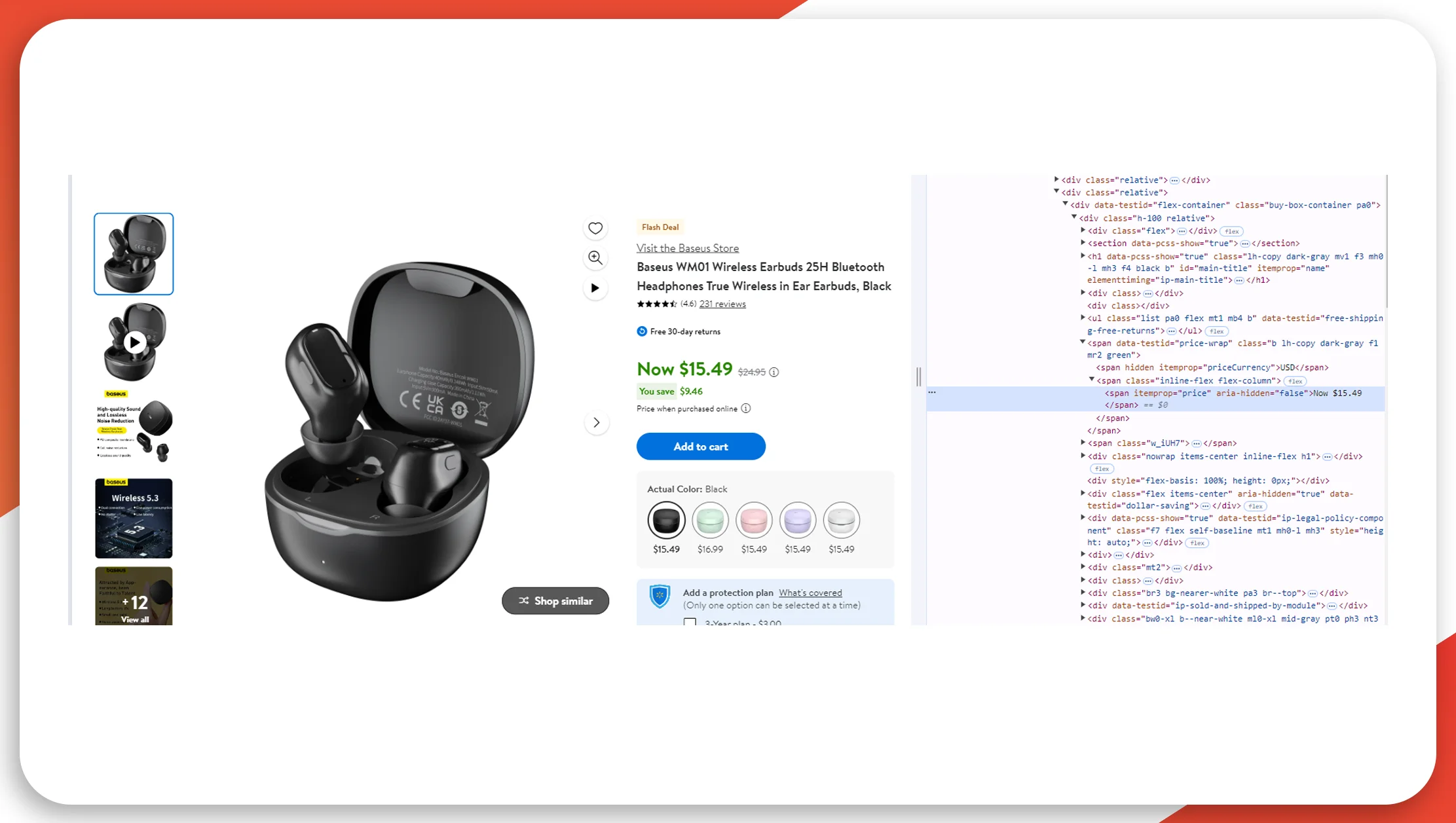
Using APIs
Some eCommerce websites offer APIs for data access. Using APIs can be more reliable and faster than traditional scraping methods. Check if the target website provides an API and use it for extracting product price and description data.
Machine Learning for Data Extraction
Machine learning can enhance the accuracy of data extraction. Use models to identify and extract product price and description data from complex web pages. Techniques like natural language processing (NLP) can be used to understand and parse product descriptions more effectively.
Cloud-Based Scraping Solutions
Consider using cloud-based scraping services like Real Data API. These services offer robust infrastructure, proxy management, and anti-scraping measures, allowing you to focus on data analysis rather than the intricacies of scraping.
Best Practices for Ethical Scraping
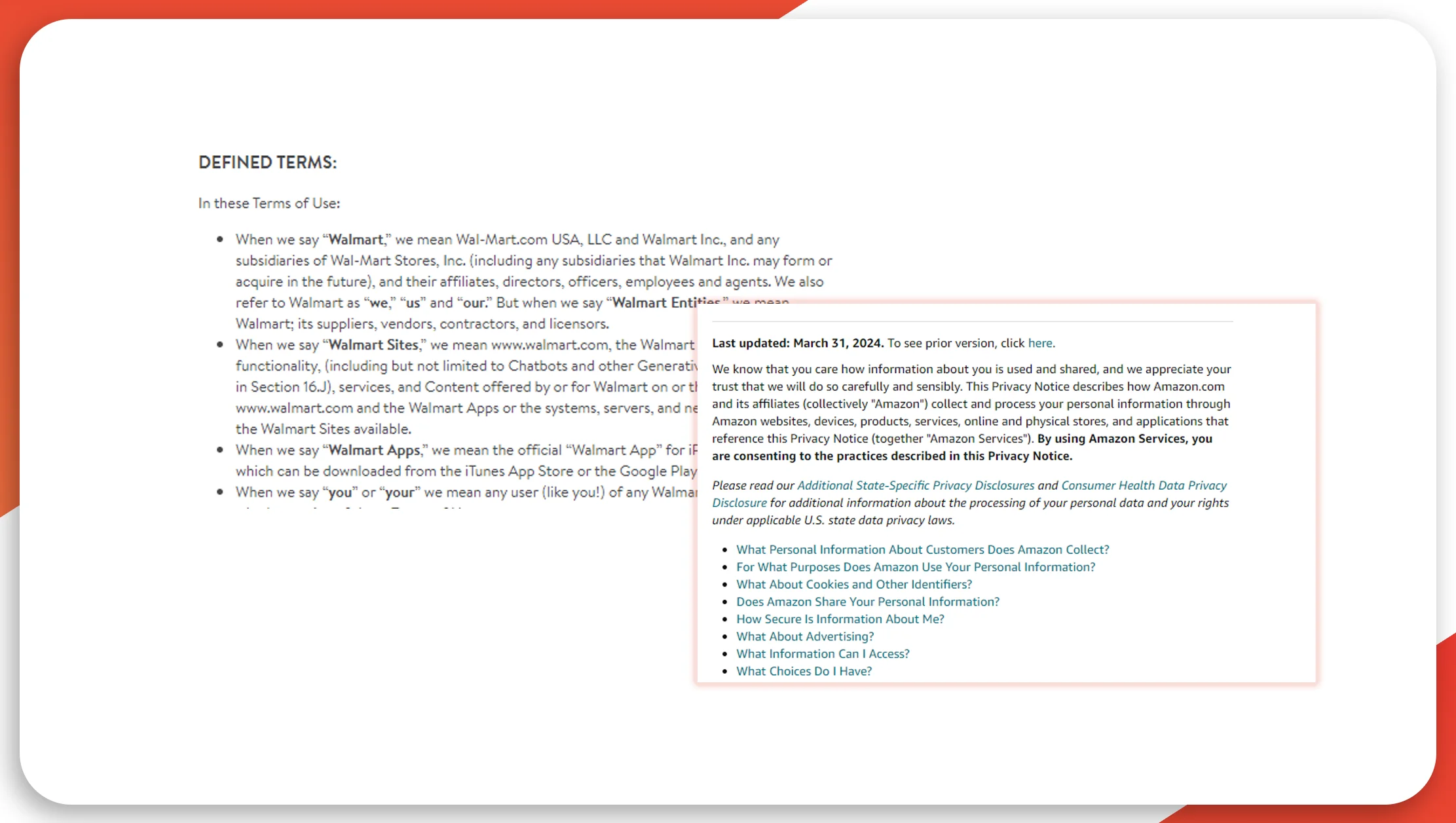
Respect Terms of Service: Always adhere to the website’s terms of service.
Limit Request Rate: Avoid overloading the website by limiting the frequency of requests.
Identify Yourself: Include a user-agent string that identifies your scraper.
Handle Personal Data Carefully: If scraping user-generated content, ensure compliance with data protection regulations like GDPR.
Conclusion
To scrape product price & description data from eCommerce websites is a powerful strategy for businesses seeking to gain competitive insights, optimize pricing, and enhance product offerings. By leveraging the Real Data API, you can effectively extract product price & description data to drive your business decisions.
Remember, while scraping offers numerous benefits, it’s essential to approach it ethically and legally. Use the right tools, handle data responsibly, and maintain your data collection processes to ensure consistency and accuracy.
With these strategies, you can stay ahead in the dynamic world of eCommerce, leveraging product price & description data collection to make informed, data-driven decisions.
Get started with Real Data API today and transform your business insights!















